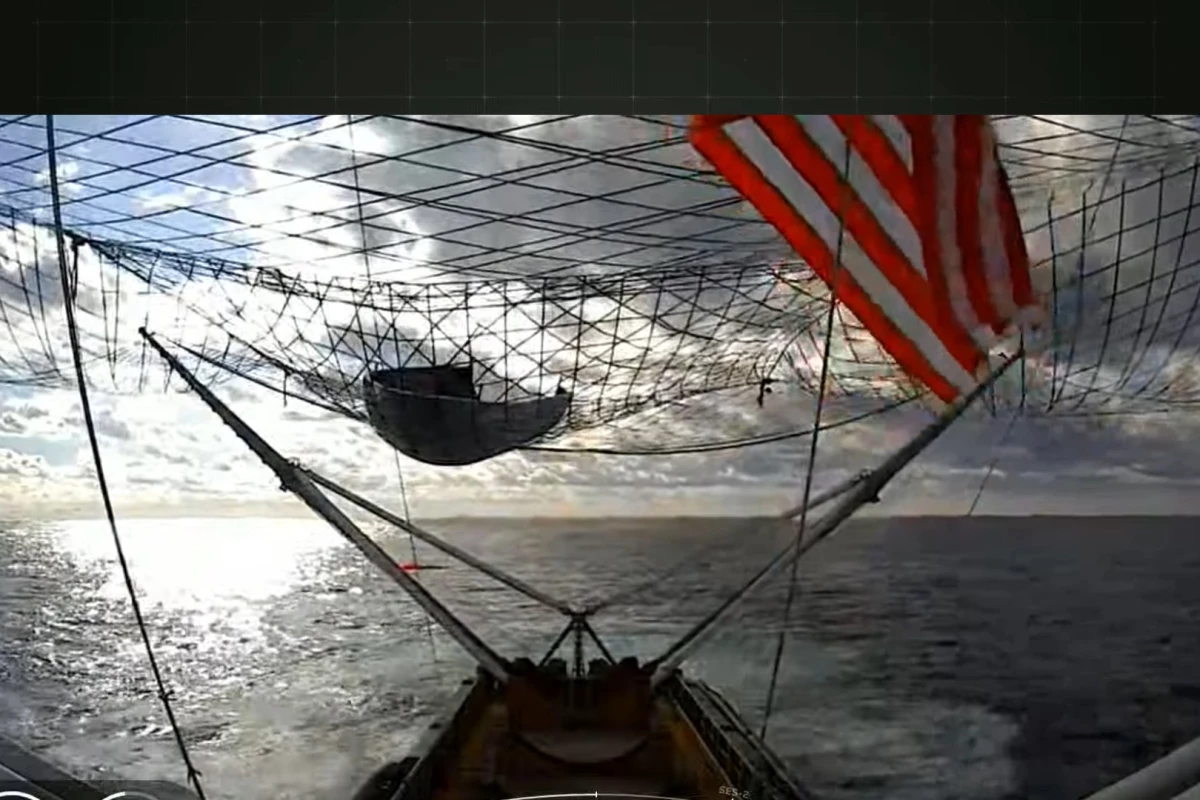Using a ship out at sea to catch pieces of falling pieces of rocket might not be the most sophisticated of SpaceX’s recovery techniques, but it is a key part of its mission to recycle as many materials as possible. The company has today ticked off this significant milestone, after its Falcon 9 rocket successfully launched a satellite into orbit for South Korea.
The Falcon 9 booster used to lift the ANASIS-II satellite into orbit today was the same one used to launch NASA astronauts Bob Behnken and Doug Hurley toward the International Space Station in May’s historic first Crew Dragon mission. While SpaceX has been recovering these first stages for years using drone ships and controlled landings, the fairing that protects the payload en route to space presents another challenge entirely.
Once the payload is deposited into orbit, the fairing splits into two pieces and begins to fall, using parafoils and small thrusters to reduce velocity on the way down. That means SpaceX has to try to catch not one but two pieces of rocket as they hurtle back toward to Earth, with its efforts producing mixed results so far.

SpaceX approaches this by having vessels parked in the ocean, which are fitted with huge nets. After coming up empty-handed on a number of attempts, the team managed to retrieve one of the two nosecone halves following a landmark launch of the Falcon Heavy last year. It has now managed to catch the pair, as CEO Elon Musk confirmed on Twitter.
Both fairing halves caught from space by @SpaceX ships!
— Elon Musk (@elonmusk) July 20, 2020
While these relatively small parts of the rocket might not seem like a big deal, if SpaceX were to retrieve them with the same level of success as it does its first stages, it would make a significant difference. Musk has said previously that they are worth around $6 million apiece, which is no small part of the overall launch costs of a Falcon 9, at around $60 million. If it can repeat today’s efforts, however, that final figure may continue to shrink.
Source: Elon Musk (Twitter)






